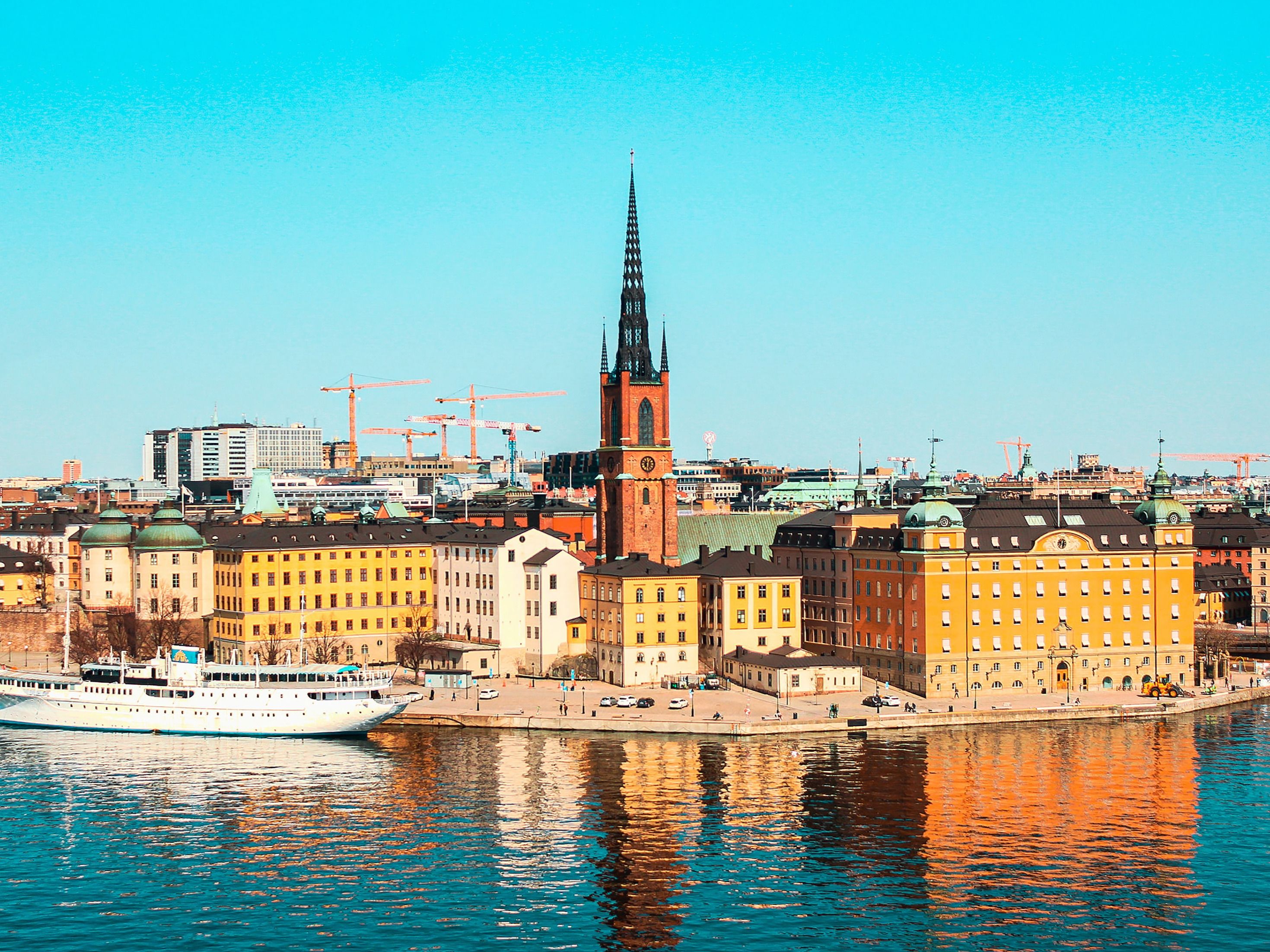Approved by curator

Added: Mar 16, 2022
Last edited: Apr 06, 2022
To face the numerous challenges that urban transportation brings, the city of Stockholm has developed a freight strategy to rethink its mobility plan, mainly resulting in the diversification of its ways of transportation.
Urban form and spatial structure are strongly related to resource use. Indeed, transportation requires a lot of energy use. In addition, cars play a strong role in CO2 emissions, air pollution, and on other kinds of social aspects, like social cohesiveness and quality of life.
Stockholm has developed a freight strategy as one of six thematic plans that together constitute the city’s mobility strategy. It includes improving possibilities for off-peak transport, increasing the use of waterways, increasing consolidation of logistics solutions, and continuously building an understanding of how to improve the system through cross sector dialogue and data gathering.
The plan is expected to have four objectives: to enable more reliable delivery times, to facilitate the effective use of commercial freight vehicles, to promote the use of clean vehicles and to advance the freight delivery system by developing collaborations between the city and other stakeholders.
Photo by Ana Borquez on Unsplash

Team up to create joint value
Incorporate digital technology
Industry collaboration
Data and insights
Cross-industry projects, pilots
Data analytics, modelling
Inform
Data, knowledge & information sharing
Increase standardised data collection
Mobilise
Visions and Ambitions
Roadmaps and strategies and targets
Govern the Transition
Cross-departmental collaboration and engagement
